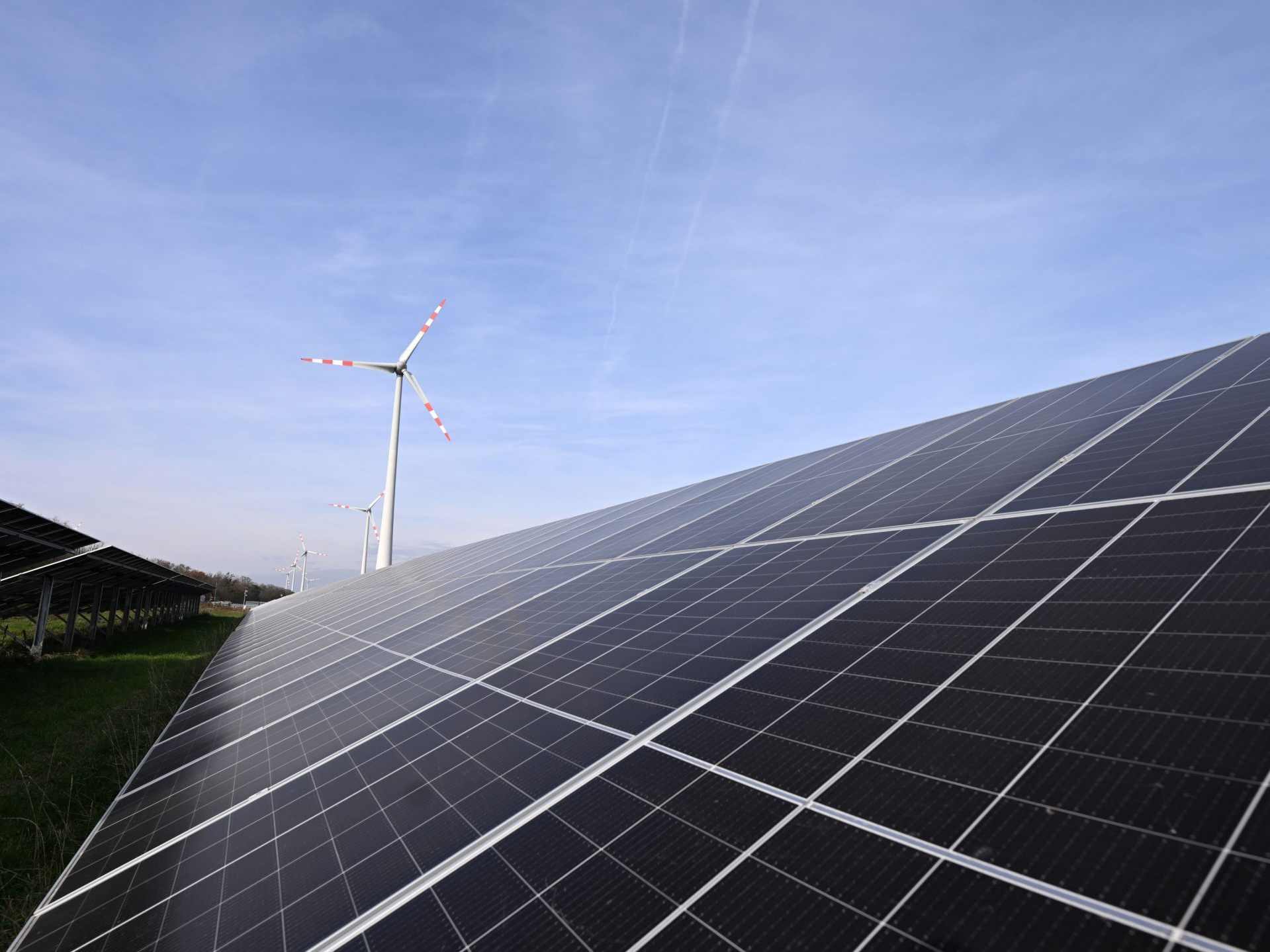Electricity Production Currently Almost Entirely Renewable

Following that is hydropower, which has been suffering from low water levels since the beginning of the year. In third place is wind power, where the calm associated with the heat across Europe is leading to lower utilization.
Solar Energy Ahead of Run-of-River and Wind Power
According to APG data, the feed-in from photovoltaics was around 4,500 megawatts (MW) at midday on Wednesday, run-of-river power provided about 1,900 MW, and wind power around 500 MW. Fossil energy sources currently play a minor role during the day in this country, with gas power plants feeding in about 25 MW at midday.
The heat is relevant for thermal power plants, whose production depends on the availability of cooling water from rivers. If the water is lacking, or cannot be used due to environmental protection regulations, electricity production must be reduced. This is already the case for some nuclear power plants in France and Switzerland, but other thermal power plants, such as gas power plants, operate similarly. Thermal power plants "live from the temperature difference," said E-Control economist Johannes Mayer in an interview with APA.
However, high achievable prices in the wholesale market led to gas power plants, which can ramp up quickly, being brought online domestically during the night from Tuesday to Wednesday. "The power plants are also running for foreign countries," said Mayer.
The so-called heat lull plays an important role in this. At high temperatures, there are typically no strong winds. This is currently the case in Austria, but the lack of wind and thus wind power in Germany has a major impact on the European electricity market, according to Mayer.
Hydropower with High Importance
In Austria, hydropower has traditionally been of great importance for electricity generation. It is currently making a significant contribution, although the water flow in domestic rivers has been below average since the beginning of the year. The generation from hydropower at the nationwide electricity company Verbund is currently at 76 percent of the long-term average in 2025. This is "within the long-term fluctuation range, but it is one of the driest (half) years in 100 years," the company stated in response to an APA inquiry. The interest group Oesterreichs Energie also sees regionally varying low water flow, but overall no problems with electricity generation yet.
In general, a seasonal shift in hydropower can be observed, said Mayer. In the past, snowmelt provided water in the rivers from spring into summer, but now hydropower production is increasingly shifting to winter and spring. The Verbund reports similar findings: "In the past, snowmelt ensured continuous hydropower generation in the summer. Human-induced global warming brings more frequent extreme events such as drought and heavy rain. This shifts production in the large river systems."
Currently, hydropower is also benefiting from the melting glaciers, according to a Verbund spokesperson to the APA. The glacier areas in Austria have rapidly shrunk in recent years. If global warming is not limited to 1.5 degrees, researchers expect that the domestic glaciers will disappear by the end of the century.
(APA/Red)
This article has been automatically translated, read the original article here.





